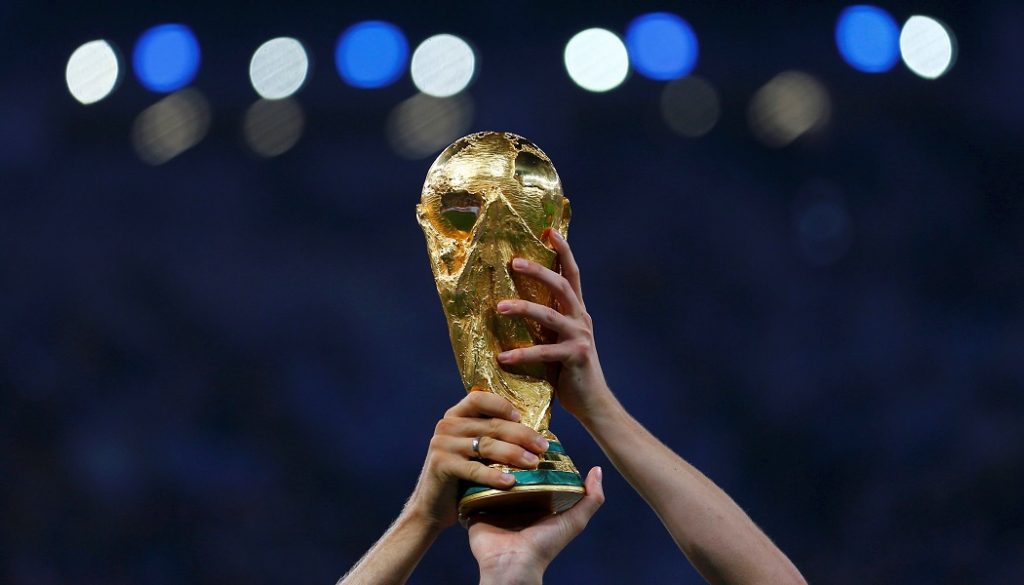The House View: FIFA walk a tightrope between host cities and commercial partners as 2026 world cup preparations get real
January 26, 2023
It’s easy to criticise decisions that are taken by the likes of the IOC and FIFA as well as how they are communicated. However, it is difficult to fathom the complexity of relationships that have to be managed behind the scenes for an event of the magnitude of the Olympic Games or FIFA World Cup.
Despite the US, Mexico and Canada appearing on the surface to be the perfect hosts for the next mens football world cup in 2026, the financing of the event, particularly in the United States, has been a particularly complex topic involving two key stakeholders – host cities and commercial partners.
11 of the 16 host cities are located in the US and in contrast to Russia and Qatar, the host countries of the two most recent world cups, the federal government does not budget for the billions required to stage the event.
Therefore the news reported this week by Sports Business Journal (SBJ), that FIFA will be allowing host cities to sell their own corporate sponsorships to offset hosting costs, was inevitable given the reality of major event funding in North America. SBJ reported that the 16 host cities would be allowed to sign up to 10 companies each as “supporters”, in what is a world cup first.
Host cities having their own sponsors is not without precedent in the US for events such as the Super Bowl. However, and with all due respect, the Super Bowl does not take place across 16 cities, 3 countries and 4 time zones (or incorporate a reported 80 matches as part of an expanded 48 team tournament)..
The host city supporters programme will reportedly neither form part of FIFA’s commercial programme nor leverage any FIFA IP. Host cities will own their intellectual property (IP) which is said to differ to a “meaningful degree” from FIFA’s official IP and supporters are likely to be limited to striking a maximum of two host city deals.
These restrictions will likely not go far enough to appease the commercial partners already signed up for 2026 (namely adidas, Coca-Cola and Wanda) who will feel that, beyond the unprecedented marketing clutter that this brings, the host city programme has the potential to be a huge sanctioned ambush marketing programme if not properly managed.
Added to this, the opportunity to build relationships with national and local authorities is one of the unwritten benefits enjoyed by major event sponsors. FIFA’s commercial partners may feel that this latest move significantly undermines that benefit. In some cases they will be forced to put additional money on the table to buy into host city supporter packages that protect existing relationships (e.g. can Coca-Cola get away with not supporting their iconic home city of Atlanta?) or to forge new relationships that they might have expected to open up in the absence of this programme. Clearly some cities will be more valuable than others and we will likely see a small number of key cities enjoy the lion’s share of investment.
FIFA will be acutely aware of the threat this host city programme poses to the success of its own commercial programme and will ring fence a long list of product categories covering both current commercial partners and the most attractive sponsorship prospects. This list will represent a balancing act for FIFA. Reserving all remotely valuable categories for themselves on the off chance that they will be able to sell them directly will inevitably be a source of significant frustration to the host cities. On the flip side, cutting the cities some slack will reduce FIFA’s own potential gains and ability to commercialise. The same delicate balance will need to be struck in respect of the rights packages on offer for host city supporters and you can be sure that these will be scrutinised carefully by FIFA’s commercial partners.
It is worth remembering that just over a year ago FIFA announced a new commercial structure with three different commercial pillars; women’s football; men’s football and esports and gaming. This may well add further uncertainty for commercial partners, both existing and new, and potential opportunities for yet more brands with no world cup rights to play in the margins of a world cup association.
Given the news that this host city supporter programme is still being scoped out, we can assume that these benefits were not originally foreseen (or at least not explicitly granted) in the agreements signed by the cities and that the pressure on FIFA to relax the commercial restrictions became too great. These unforeseen changes are a normal part of the stakeholder management around major events.
It remains to be seen how smooth FIFA’s transition to a new integrated operating model (which will see a subsidiary of FIFA established locally to deliver the tournament) will be and what impact this will have on their ability to successfully navigate the complex stakeholder landscape.
One thing is for sure, this week’s news gives FIFA’s commercial partners something to ponder as they strategise ahead of the competition in 2026 and will further test FIFA’s ability to walk a very delicate tightrope of relationships.
By David Fowler, MD Advisory iSportConnect.

